In my Introduction to Moscow post, I admitted that I had wondered if there was much more to do in the Russian capital than see Red Square and the Kremlin.
The answer: absolutely! Moscow is a great city to explore.
For starters, and perhaps unsurprisingly, Moscow has no shortage of imposing Soviet-era buildings. This one, the Foreign Ministry, sort of reminds me of a more menacing version of the City Hall in Buffalo, New York.
The hammer and sickle, as a massive architectural feature.
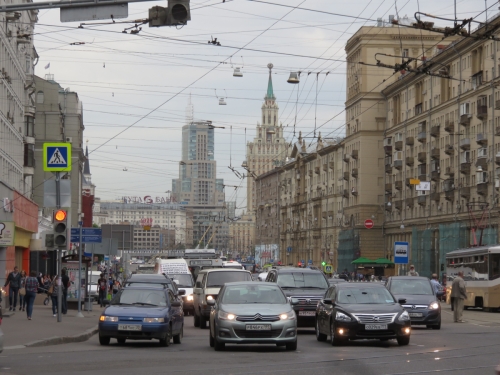
Another of the Seven Sisters, a collection of distinctive skyscrapers Stalin built throughout the city. Each rises starkly in the background of many vistas.
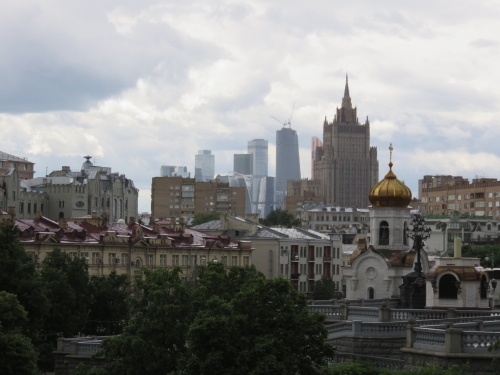
Scenes like this are straight out of 1984, with the strength and omnipotence of the government radiating over the city.
Nowadays, the relics of old Soviet glory clash with the surreal towers of glass and steel in Moscow’s gas-fueled business districts. It might not match the sheer size of Shanghai’s Pudong, but it still packs quite a punch visually!
I gathered that the Soviet style of architecture really embraces square, vertical columns meeting horizontal beams.
The Lenin Library.
Even suburban metro stations exhibit the exact same style.
Moscow’s massive boulevards
Moscow’s second most impressive cathedral: the Cathedral of Christ the Savior, unfortunately destroyed by Stalin in the 1930s and rebuilt only recently.
A beautiful building.
The biggest shame of all is that the building the cathedral was razed to make space for was never even built! It was to be a massive capitol building, taller than the Empire State Building, when construction was halted by World War II.
A typical boulevard.
A view of the Kremlin in the distance.
Sitting across the Moscow River from the cathedral is an unusual place: the Red October chocolate factory. Originating in the Tasrist era and serving as a national icon throughout the Soviet era, the chocolate factory is now filled with trendy shops and clubs, with a more liberal vibe.
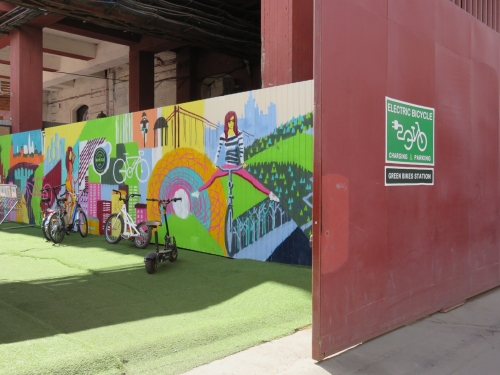
A bit of Portland in the Red October factory.
The nearest neighbor to Red October: a massively disproportionate tribute to Peter the Great. Taller than the Statue of Liberty but clearly lacking the benefit of any measure of French taste, the monument oddly exalts the man that moved Russia’s capital to St. Petersburg.
Nearby, Fallen Monument Park includes a curious mix of quirky art and Soviet icons. “The USSR, a Haven of Peace”.
Alas, no place is free of consumerism.
My single venture to the suburbs (still no difficult journey given the speedy metro) took me to Izmailovsky market, at the Partizanskaya metro station.
Beyond the prime hunting grounds for knick-knacks such a place was sure to offer, it was recommended to me as being the best place in the whole world to look for old Soviet stuff: a whole flea market devoted to it!
Knick-knacks a plenty!
The place actually is pretty much a big, bizarre Russian theme park.
A big, bizarre, decrepit, mostly abandoned Russian theme park! Amazing!
Unfortunately, not a Soviet relic in sight. The vast majority of the place sits empty, I was soon to discover.
Except for…a hostel? That’s what хостел means, right? Who would possibly voluntarily stay at this place? Besides someone crazy like me, I guess.
On the more traditional, and less-deserted, end of the tourist shopping spectrum, Old Arbat Street is like the Nanjing Road of Moscow, only with a lot less tackiness and vice.
But not completely without tackiness!
The road definitely caters to the higher-ruble class of tourist than the current incarnation of Izmailovsky market (which largely just catered to the likes of me, apparently, and I’m not a high-ruble tourist by any stretch).
Matryoshka dolls, in amazing varieties and forms. You can spend a shocking amount on these things–into the thousands of dollars. The finest ones are all handcrafted with a multitude of dolls, each with different inlaid images.
An almost manufactured-looking touch of graffiti.
I was legitimately surprised to find a Shake Shack!
Moscow by night.
Moscow’s quirkier neighborhoods, east of the center.
The city’s backstreets and alleyways, filled with interesting glimpses of the past.
Majestic architecture on the city’s main streets.
The club and cafe scene of central Moscow, known for being legendarily judgmental. Bouncers employ “face control” to ensure only the most desirable customers are admitted. Getting turned away sounds like a devastating outcome to waiting an hour on a frigid winter night!
And, last but certainly not least, the Museum of Soviet Arcade Machines!
A rather inventive set of arcade games that have little resemblance to anything I’ve seen as an American gamer.
Most of the games either have to do with war, hunting, or racing. They use projections, screens, and lights in creative ways.
And, to this non-Russian speaker, often managed to be completely incomprehensible!

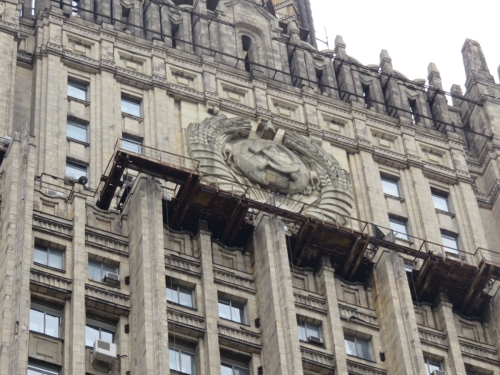



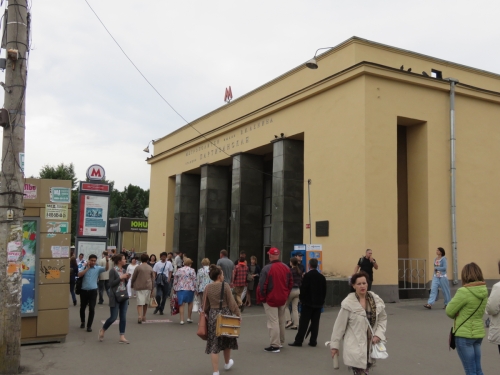
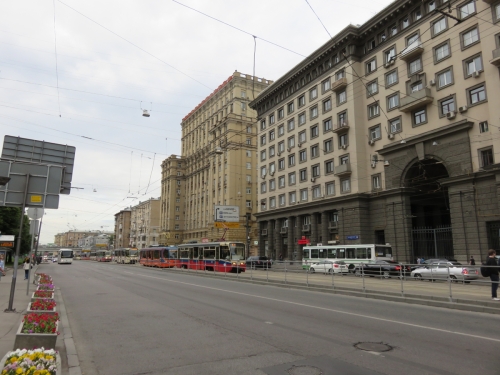
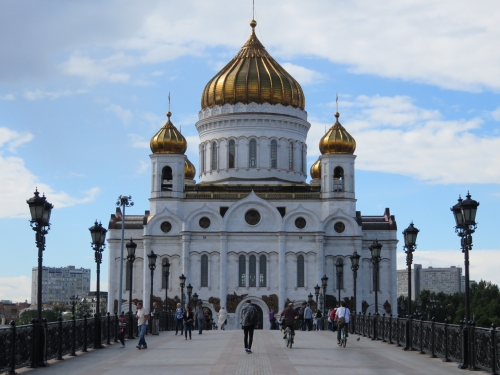
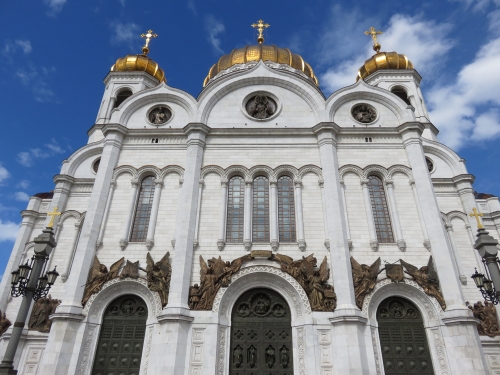

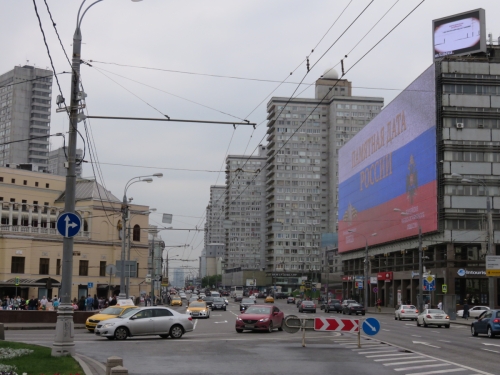
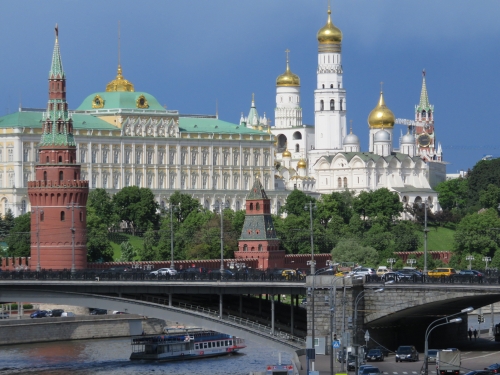


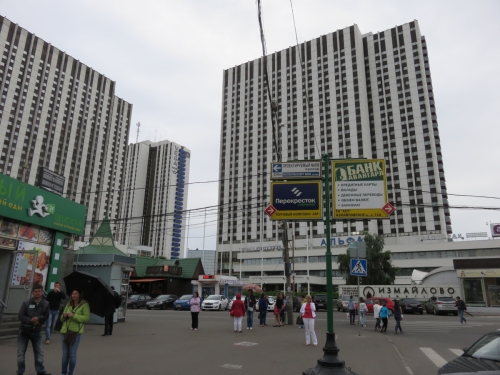

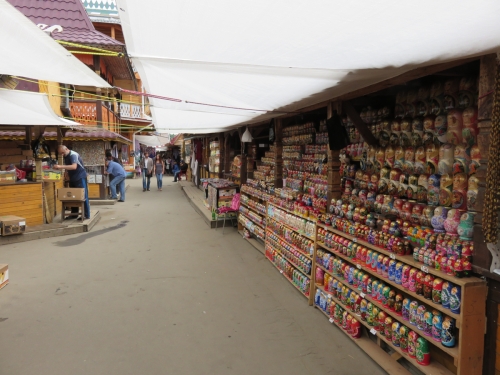




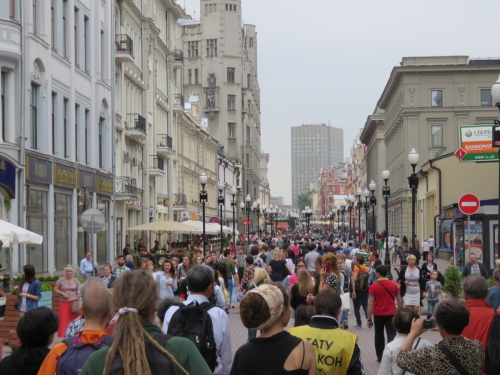
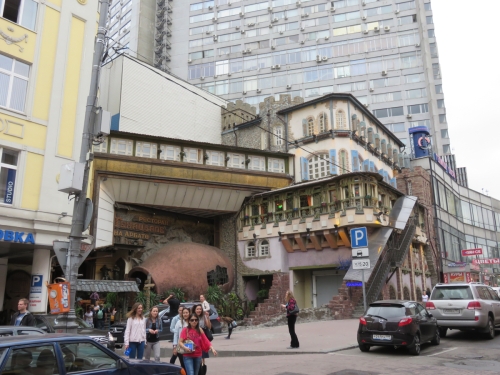
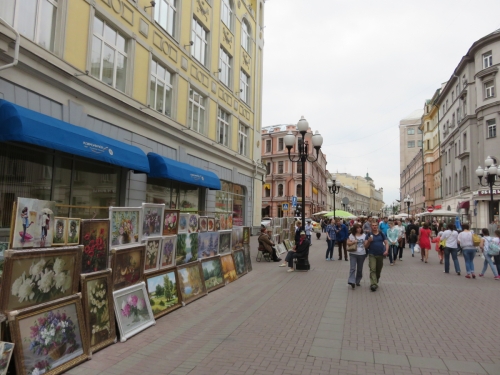
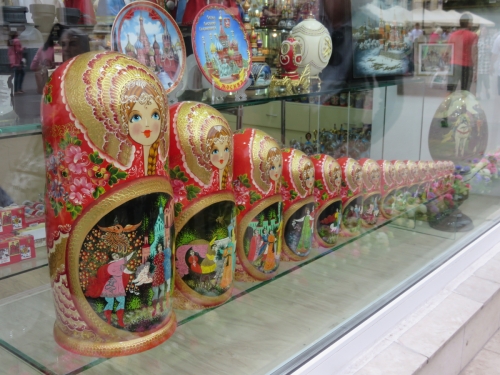




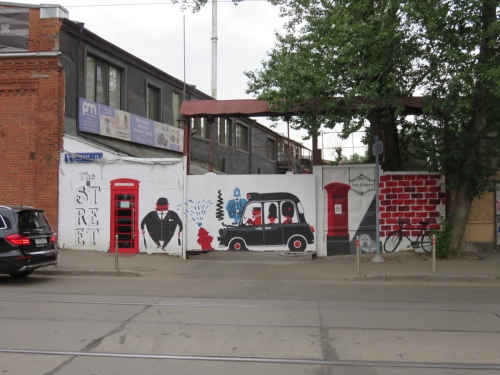




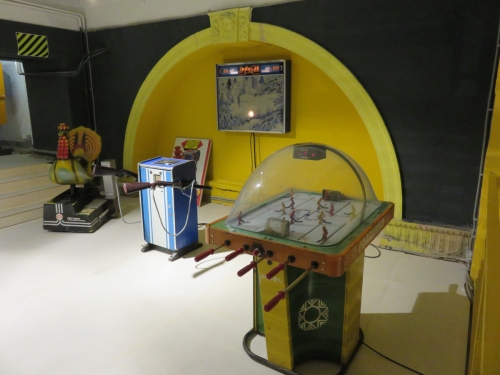


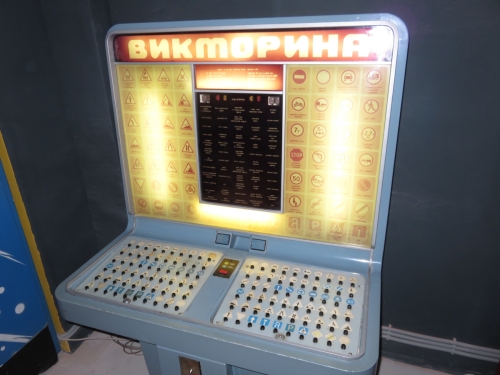
Leave a comment